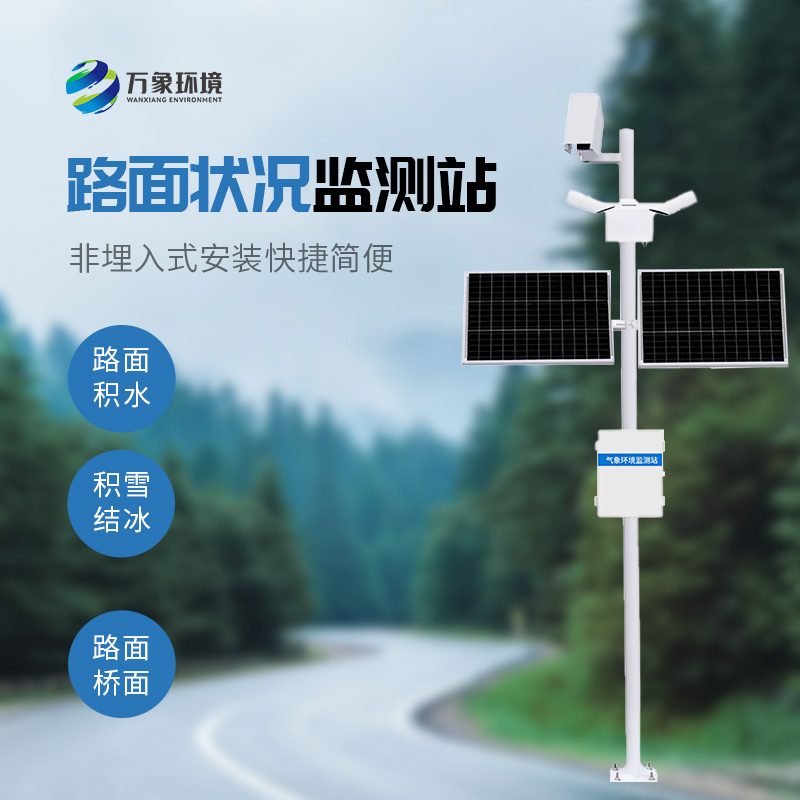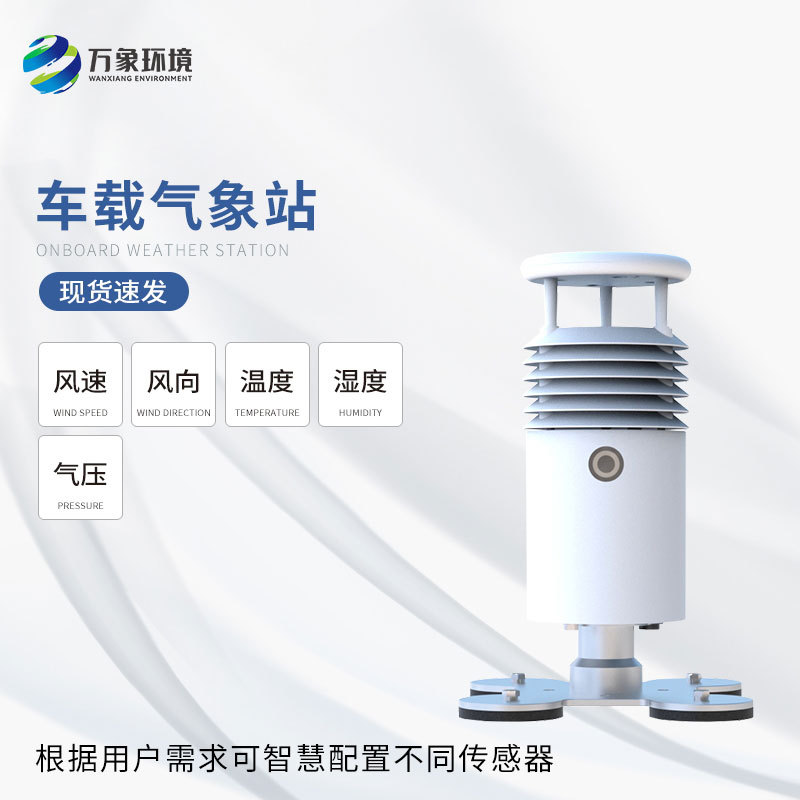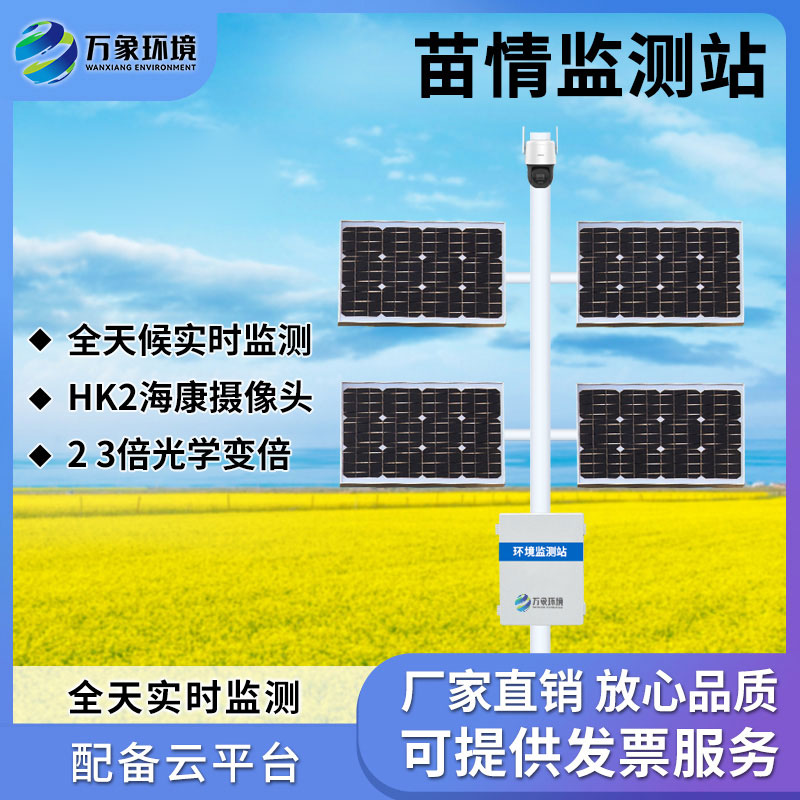In winter and rainy season, ice, snow and water on the road surface pose a serious threat to traffic safety. In order to ensure unimpeded roads and ensure public safety, pavement condition monitoring stations came into being. These monitoring stations use advanced technical means to accurately detect the thickness of ice, snow and water on the road surface, providing timely and accurate data support for traffic management departments.
The core of the WX-LMZK1 road condition monitoring station lies in its high-precision sensor system. These sensors usually use non-contact detection modes, such as infrared spectrum telemetry, ultrasonic reflection, laser measurement, etc., to obtain real-time status information on the road surface. By emitting infrared light and receiving its reflected signal, the infrared spectral telemetry sensor can distinguish between different substances such as water, ice and snow on the surface of the road, and measure its coverage type and coverage thickness. Ultrasonic sensors use the acoustic reflection time difference to measure the thickness of snow or water, which is suitable for monitoring a large coverage area. The laser sensor is known for its high precision and can accurately measure the specific thickness of snow or water, which is especially suitable for accurate monitoring of local critical sections.
In addition to the sensor system, the road condition monitoring station is equipped with advanced data processing and analysis technology. The original data collected by the sensor will go through a series of processing and analysis, including data cleaning, filtering, calibration and other steps to ensure the accuracy and reliability of the data. At the same time, the monitoring system will use this data to generate real-time road conditions, including ice, snow and water thickness, distribution, change trends and other information. These reports can be transmitted wirelessly in real time to the traffic management department's management platform to support decision-making and public tips.
In practical application, pavement condition monitoring station plays an important role. When there is ice, snow or water on the surface of the road, the monitoring system is able to respond quickly, measuring its thickness and coverage in real time. Once these parameters exceed the preset threshold, the system will trigger an alarm mechanism to send early warning information to the traffic management department. Traffic management departments can take timely response measures based on this information, such as starting snow removal, ice melting, drainage and other operations to ensure that the road is unimpeded.

Article address:
http://www.qxhjjc.com/en/article/1351.html


















 Home
Home phone
phone Product Overview
Product Overview Contact Us
Contact Us